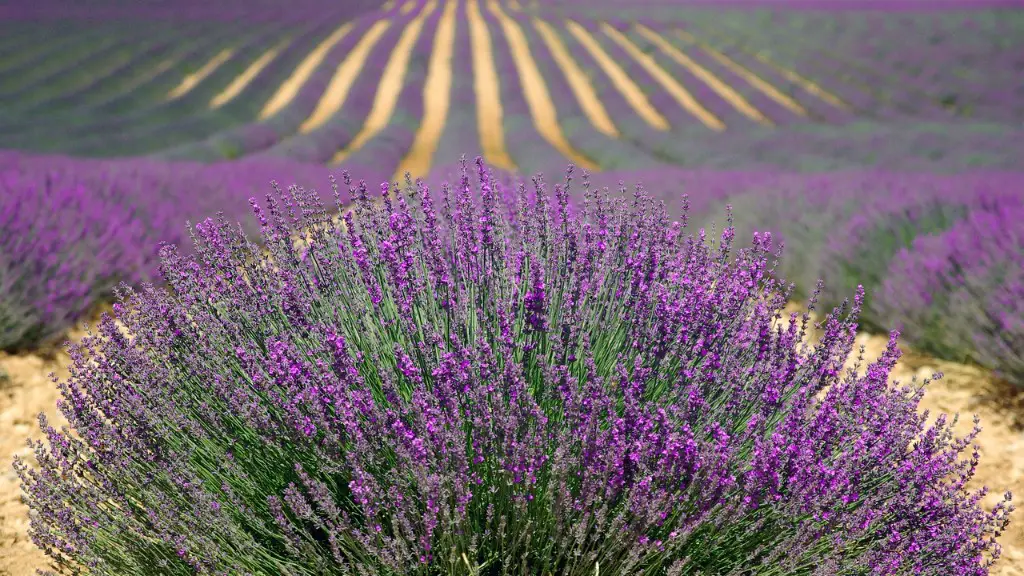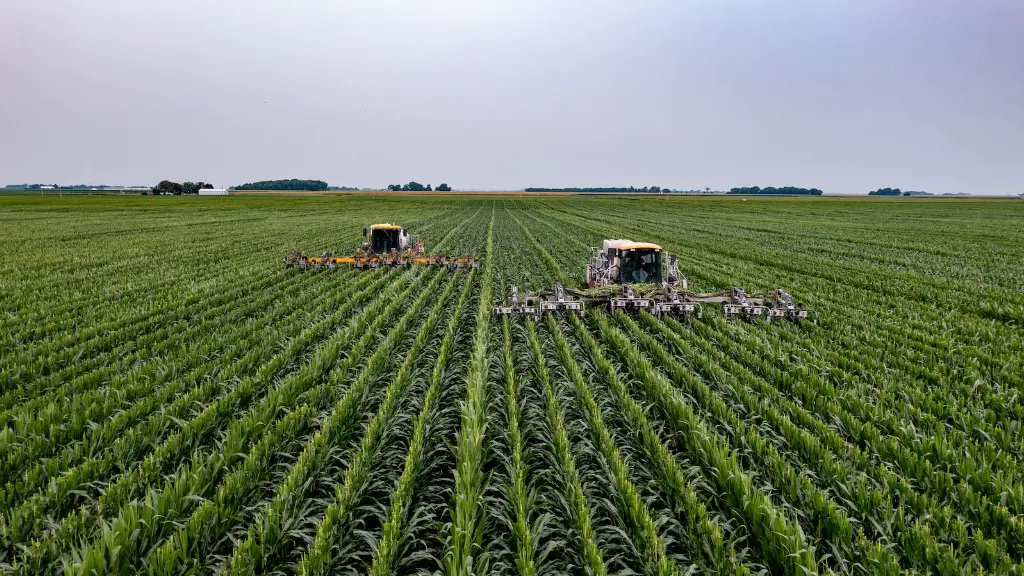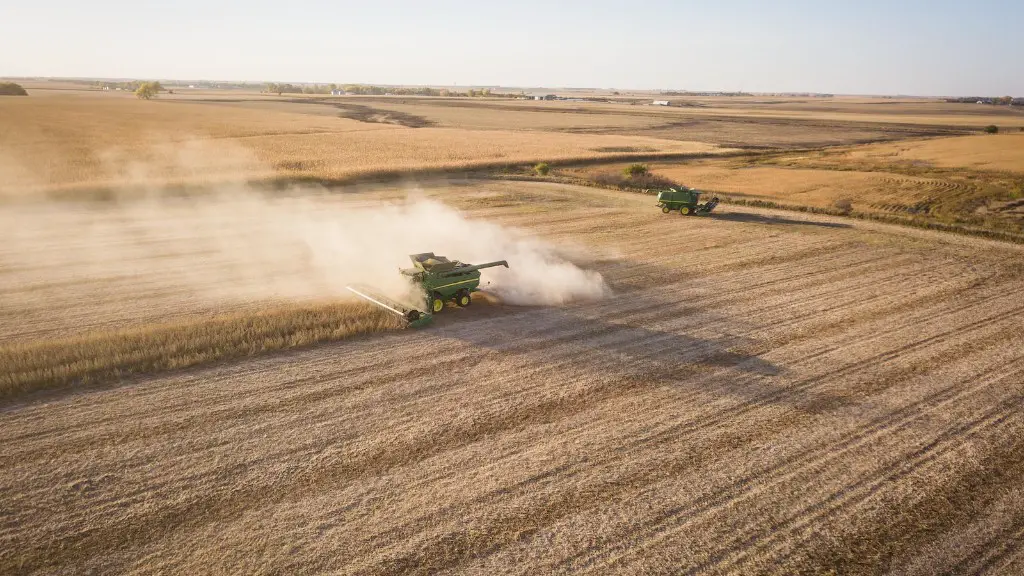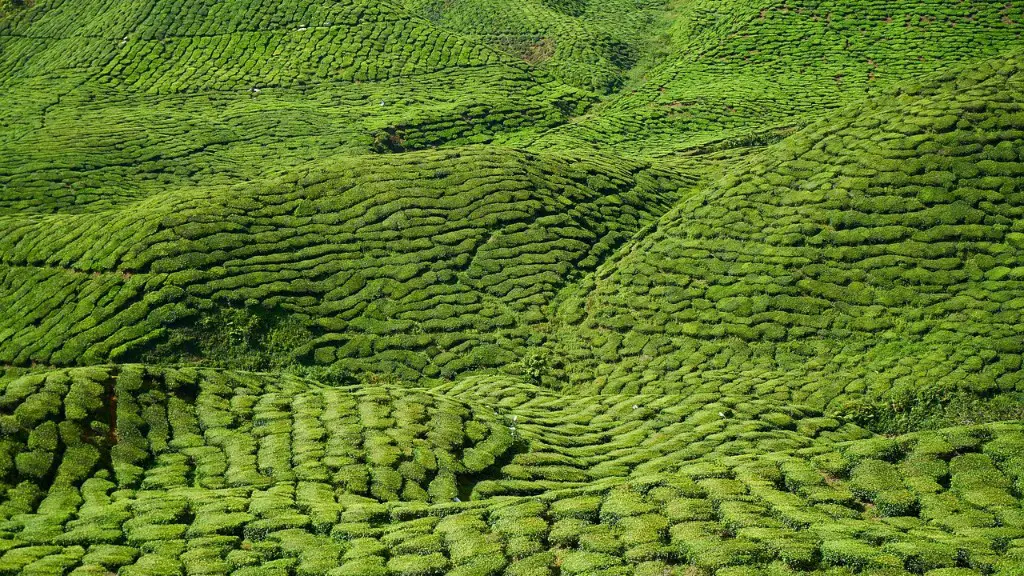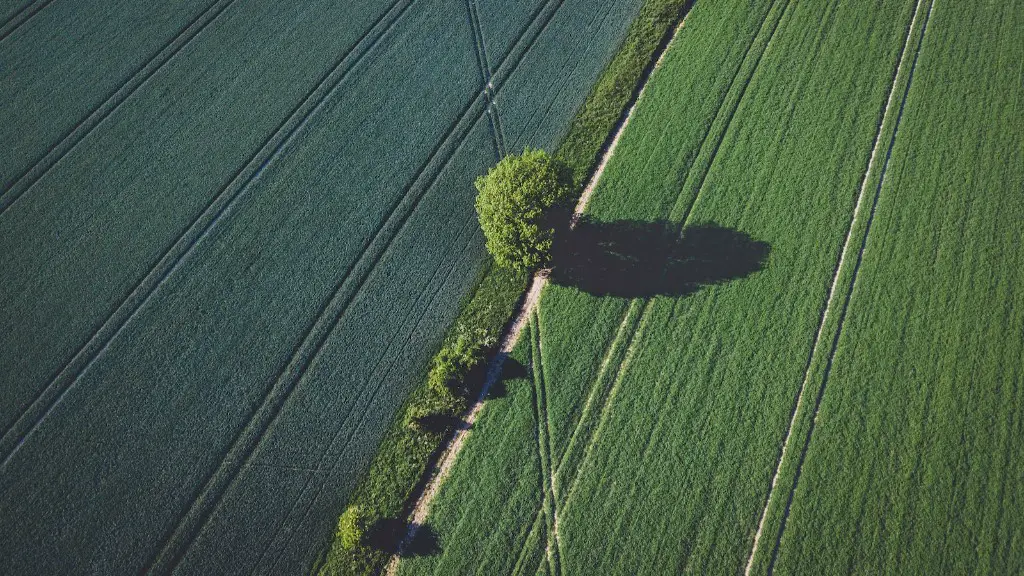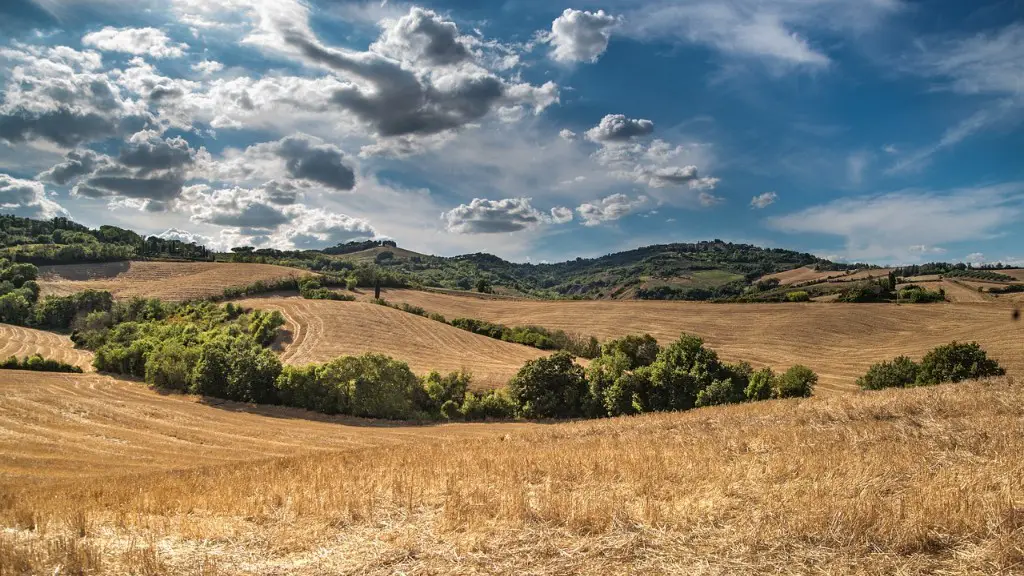The way that we farm and grow food is changing. Agricultural practices are evolving to meet the demands of a growing population and a changing climate. New technology is helping farmers to be more efficient and to produce food more sustainably. Agriculture is changing, and it is changing the world.
The agricultural industry is evolving rapidly as new technologies and methods are developed. Farmers are becoming increasingly efficient and productive, and are able to grow more food with fewer resources. This is good news for the global food supply, as the world population continues to grow. However, there are also some challenges that come with these changes. For example, as farms get bigger and more industrialized, they can have negative impacts on the environment. There is also a risk that small farmers will be unable to compete with large, corporate farms. It is important to monitor these changes closely and ensure that they are benefiting the planet and its people.
How is agriculture improving?
Precision agriculture and robotic systems are becoming more and more commonplace in today’s agriculture. These advanced technologies allow businesses to be more efficient and profitable, while also being more environmentally friendly.
Farm automation technology is becoming increasingly popular as farmers look for ways to address major issues like a rising global population, farm labor shortages, and changing consumer preferences. Some of the most commonly used technologies include harvest automation, autonomous tractors, seeding and weeding, and drones. These technologies can help farmers improve efficiency, decrease labor costs, and produce a higher quality product.
How did agriculture evolve over time
Agricultural communities first developed approximately 10,000 years ago. This was when humans began to domesticate plants and animals. By establishing domesticity, families and larger groups were able to build communities and transition from a nomadic hunter-gatherer lifestyle. This lifestyle was dependent on foraging and hunting for survival. However, the establishment of agricultural communities allowed for a more settled way of life.
More abundant food supplies could support denser populations, and farming tied people to their land. Small settlements grew into towns, and towns grew into cities. Agriculture produced enough food that people became free to pursue interests other than worrying about what they were going to eat that day. This led to the development of civilizations.
How will agriculture change in the future?
The future of agriculture looks very promising. With the help of sophisticated technologies, farmers will be able to increase their profits, while at the same time being more efficient and environmentally friendly.
Automation in farming has been increasing in recent years, with the use of robots, drones, and autonomous tractors becoming more common. This has helped to make farming more efficient, as these technologies can help to reduce the amount of time and labor needed to complete tasks.
Precision farming is another area where technology is being used to improve efficiency. This involves using irrigation, fertilizers, and pesticides at variable rates, depending on the needs of crops, rather than uniformly applying them at set times, quantities, and frequencies. This can help to reduce the amount of resources used, as well as the amount of waste produced.
Why agriculture is constantly changing?
Agriculture has changed dramatically since the end of World War II. Food and fiber productivity has soared due to new technologies, mechanization, increased chemical use, specialization, and government policies that favored maximizing production and reducing food prices. The number of farms and farmers has declined, while the average size of farms has increased. Most farms are now highly specialized, with production geared towards maximizing efficiency and profit. The result is a food system that is extremely efficient at producing cheap, plentiful food, but that is also highly centralized, efficient, and often reliant on chemicals and other inputs that can be damaging to the environment.
There is a need to increase food production in order to meet the demands of a growing population. One way to do this is to develop high-yield crops. This can be done through the use of irrigation, fertilizers, and other means. Additionally, it is important to improve market access, regulations, and governance in order to allow for more efficient production and distribution of food. Additionally, the use of information technology can help to improve food production and distribution. Finally, the adoption of genetically modified (GM) crops can help to increase food production.
What challenges does agriculture face today
It is important to place development and sustainability goals in the context of current social and economic inequities and political uncertainties about war and conflicts. These factors can have a significant impact on the ability to achieve these goals. Additionally, uncertainties about the ability to sustainably produce and access sufficient food can also impact these goals.Finally, future world food prices can also affect the achievement of development and sustainability goals.
Since its independence, India has experienced several changes in the overall growth of its economy and agriculture. In the 50 years leading up to Independence, Indian agriculture had increased at a rate of around 1% per year. However, since Independence, Indian agriculture has grown at a much faster rate, averaging around 3% per year. This faster growth rate is due to a number of factors, including increased government investment in agriculture, improved technology and irrigation, and greater farmer productivity. As a result of this faster growth, India’s agricultural output has increased significantly, making the country self-sufficient in food and helping to reduce poverty levels.
What are 3 important inventions that improved agriculture?
1. The reaper allowed farmers to harvest small grains much faster than by hand.
2. The thresher made it possible to remove kernels from straw quickly and efficiently.
3. The steam engine powered many early farm machines, including the thresher.
4. The combine allowed farmers to harvest and process grain much more quickly and efficiently.
5. The automobile made it possible for farmers to travel much farther and faster to get to their fields.
6. The tractor replaced draft animals for many farm tasks, such as plowing, planting, and harvesting.
7. Hydraulics made many farm tasks, such as operating the combine, much easier.
Innovation in agriculture is the process of developing new products or services and bringing them to market. This process typically goes through three stages: research and product development; demonstration and market validation; and commercialization. At each stage, there are different challenges and opportunities that need to be addressed.
The first stage, research and product development, is all about developing a new product or service. This typically requires a lot of investment in research and development, as well as some market testing to ensure that the product or service is viable.
The second stage, demonstration and market validation, is about proving that the product or service works and that there is a market for it. This stage typically requires investment in marketing and customer acquisition.
The third stage, commercialization, is about scaling the product or service to meet the demands of the market. This stage typically requires investment in manufacturing, distribution, and sales.
Each of these stages presents different challenges and opportunities. It is important to have a clear understanding of these stages in order to be successful in developing and commercializing new products or services in the agricultural sector.
Is there a difference of agriculture before and today
Technology has allowed farmers to become more efficient in their work, and as a result, they are able to feed more people with fewer people working on the farm. In the past, farmers would have to do everything by hand or with horse-drawn equipment, which was much less efficient. With modern technology, farmers can use equipment that is much more effective in getting the job done.
Agriculture is the backbone of many economies, providing employment and export opportunities. It also plays a vital role in ensuring food security for a growing population. In addition, agriculture can have a positive impact on the environment, by helping to conserve land and water resources.
What is the main impact of agriculture?
It is no secret that agriculture is the leading source of pollution in many countries. Pesticides, fertilizers and other toxic farm chemicals can poison fresh water, marine ecosystems, air and soil. They also can remain in the environment for generations. It is time for the agricultural industry to take responsibility for its pollution and clean up its act.
As we continue to learn more about genetics and how to manipulate DNA, we will be able to create more and more customized crop varieties. This will allow us to grow more diverse types of crops, which will be better able to resist pests and diseases. In addition, gene-edited crops will be more resilient to climate change, as they will be better able to tolerate extreme weather conditions.
What is the future of agriculture 2022
According to AgAmerica’s Chief Economist Dr John Penson, net farm income is forecasted to decline 45 percent in 2022 but still 26 percent higher than the 10-year average. Penson has been monitoring the most influential factors impacting farm income in 2022 and consolidated his insights into a comprehensive economic report.
Penson cites three primary reasons for the predicted decline in farm income: lower crop prices, increased production costs, and reductions in government support. While each of these factors presents challenges for farmers, Penson is optimistic that the long-term outlook for the agricultural industry remains strong. He advises farmers to take a proactive approach in managing their finances and operations to weather the short-term challenges and position themselves for success in the future.
Agricultural futures and options are a tool that traders can use to speculate or hedge on the price of agricultural commodities. These contracts represent the purchase or sale of an agricultural commodity at a set price on a future date. Agricultural futures and options can be used to speculate on the price movement of agricultural commodities, or to hedge against price movements.
Conclusion
The agricultural industry is constantly evolving and changing. New technology and advances in research are constantly altering the way that farmers operate. The introduction of new crop varieties, new livestock breeds, and new ways of growing and processing food are all changing the face of agriculture. These changes can be both positive and negative, depending on the perspective. Some people view the changes as a way to improve efficiency and increase production, while others see them as a threat to the traditional way of life.
The field of agriculture is changing rapidly as new technology and methods are developed. Farmers are able to increase yields and produce more food with less land and resources. However, agriculture is also facing challenges as the climate changes and the population grows. It is important for farmers to stay up to date on new technology and methods to ensure that they can continue to produce food for the world.
